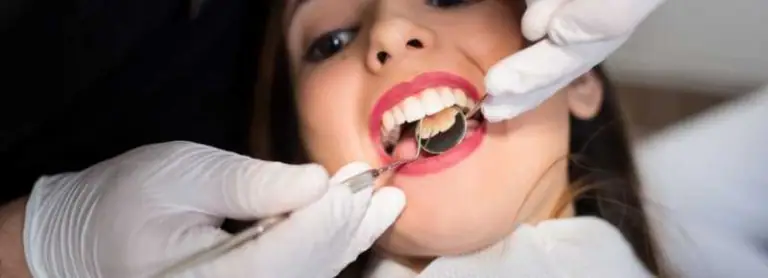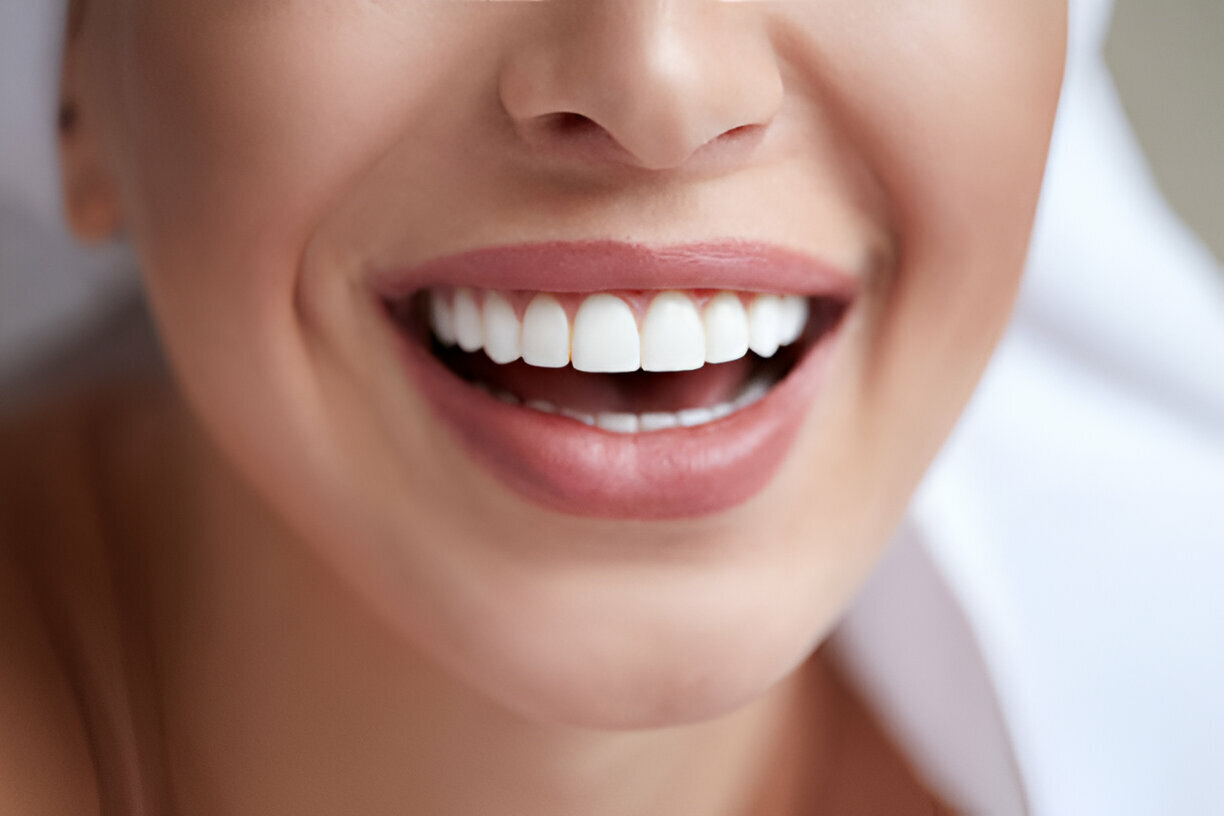Orthodontic dentistry or treatment is a specialized branch of dentistry that primarily focuses on correcting dental and facial irregularities, which mainly involve misaligned teeth and jaws. Thanks to their popularity and growth over time, today, we have several types of orthodontic treatments available to address specific issues and achieve the best results. But what treatment options can add to your flawless smile? Let’s find out as we understand the different types of orthodontic treatment options in this blog. Continue reading as we discuss some common types of dental ortho treatment in the following sections.
Different Types Of Orthodontic Treatment Options
-
Traditional Metal Braces:
-
Ceramic Braces:
-
Lingual Braces:
-
Invisalign:
-
Self-Ligating Braces:
-
Retainers:




